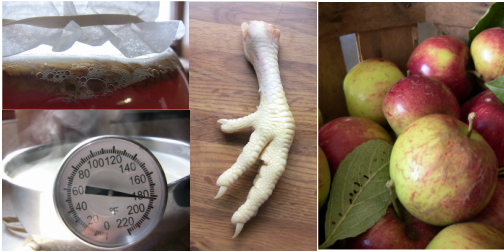Ingredients:
1/2 gallon milk
1/4 cup white vinegar
2 tsp. salt (more if needed)
2 tsp. Italian seasoning
Instructions:
1. Heat the milk to 180 degrees F.
2. Add vinegar and stir. Let curds form for 10 minutes.
3. Drain out the whey using a cheesecloth or clean muslin. I let it hang for a couple of hours, suspended over basket with a bowl inside,
Keeps refrigerated for one week or more. If it lasts that long.
Use this cheese like ricotta, cottage cheese, or any other soft-spread cheese. It works great in lasagna, on spaghetti, salad and other dishes.
Normally in cheesemaking, one gallon of milk produces one pound of cheese. I use this recipe for whatever "leftover" milk I have -milk that is about to go bad- and adjust the amount of vinegar accordingly. Hubs likes to put it on everything.
Happy cheesemaking!
-Bethany
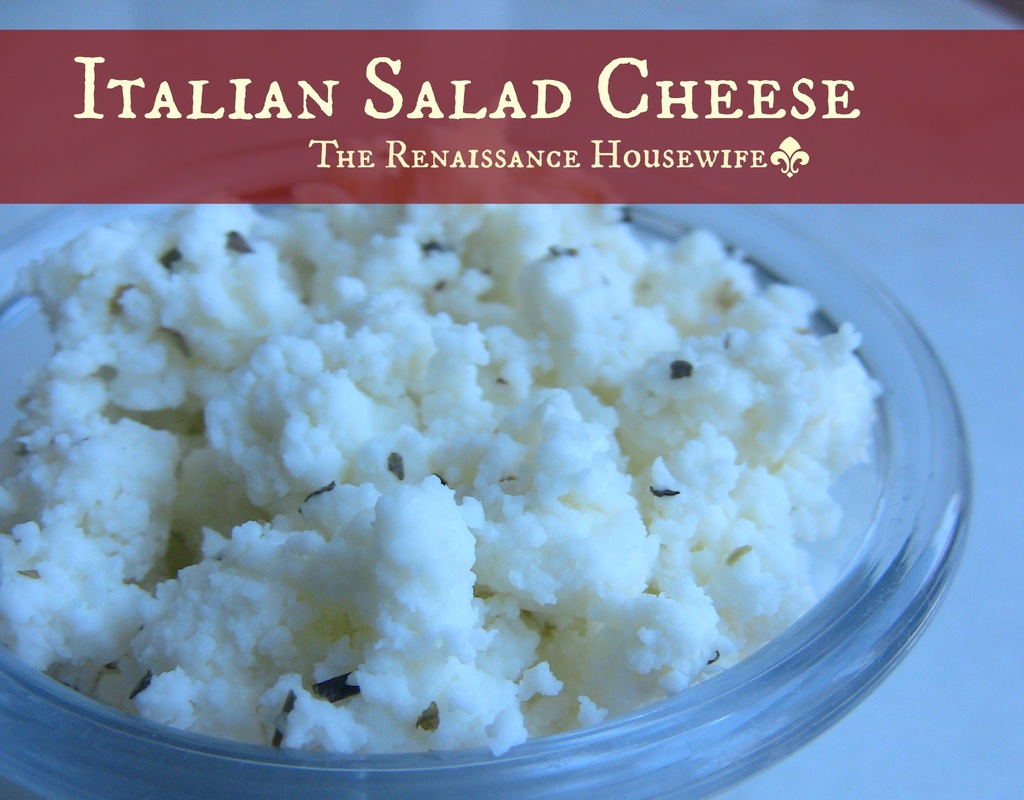
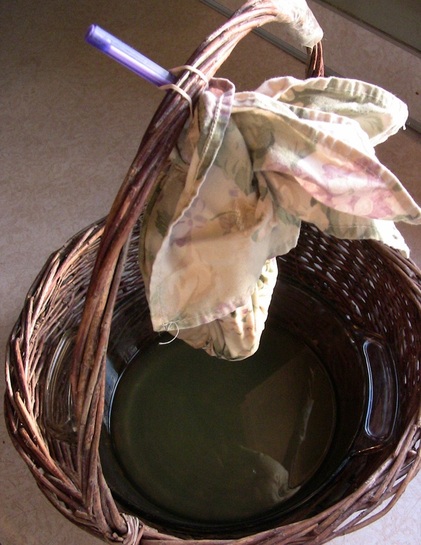

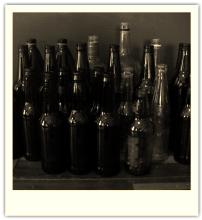


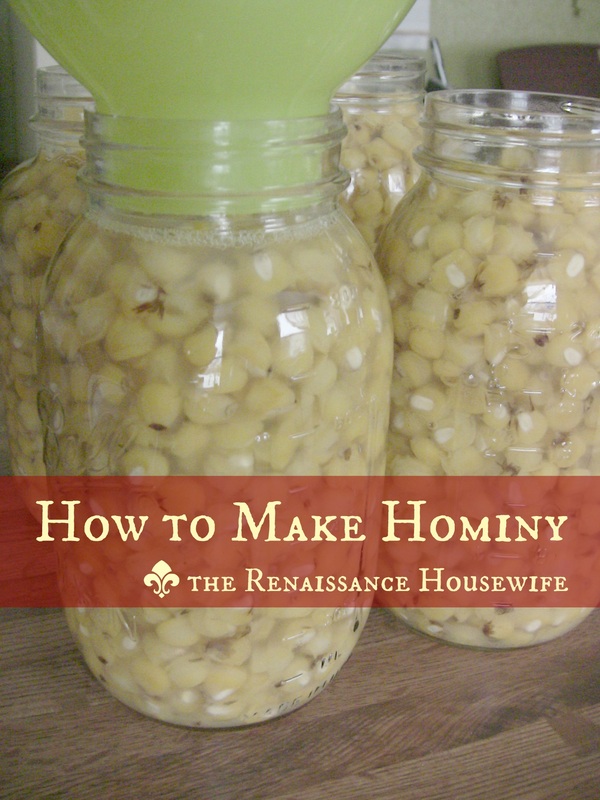


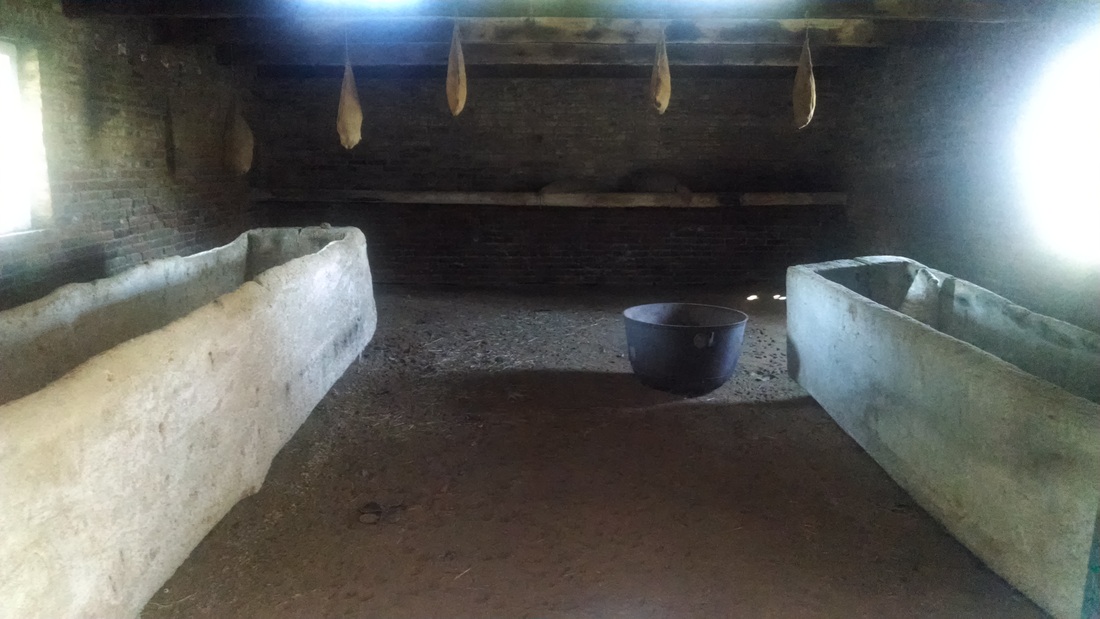

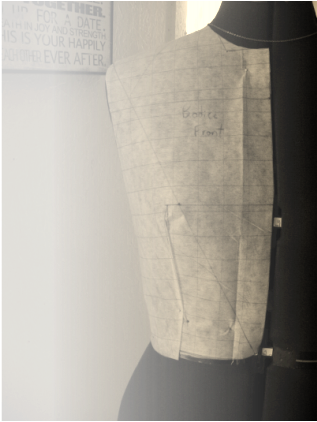

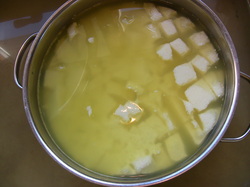
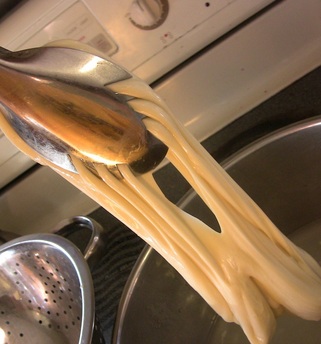
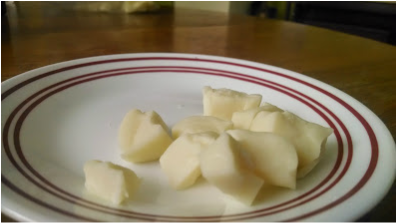

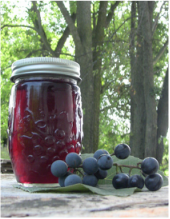



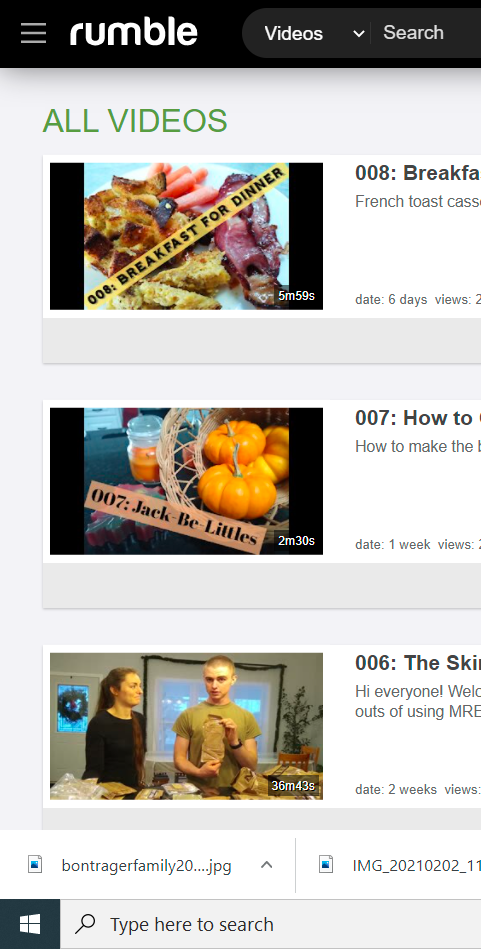
 RSS Feed
RSS Feed

